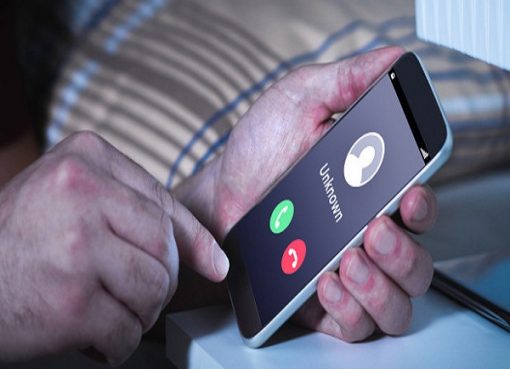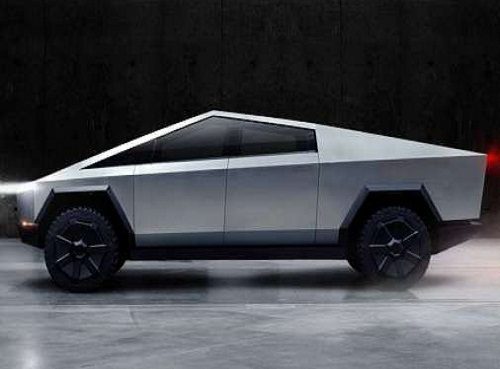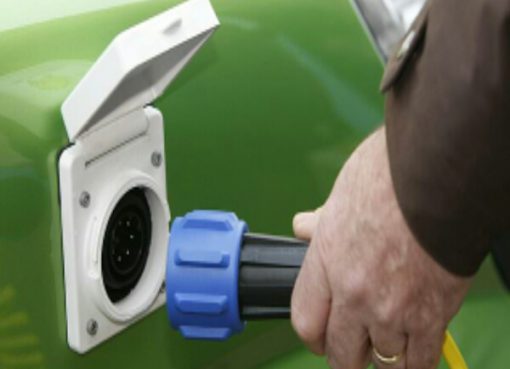A little more than five years ago, a company called Sharper Shape announced that it and the research arm of the trade group for Finnish energy companies had completed a study meant to demonstrate the technical viability and cost-efficiency of drone-based inspections of power lines.
The study, which used a Sharper Shape robotic helicopter equipped with a laser scanner, cameras and aviation safety systems, found drones could cut the cost of aerial power line inspections by 50 percent.
Since then, drone use by companies in the electric power industry has taken off. In the U.S., Florida Power & Light, San Diego Gas & Electric, Xcel Energy and Evergy are among the investor-owned utilities using drones to inspect their distribution and/or transmission infrastructure. But, just as in 2015, many feel the power industry is nowhere close to unleashing drones’ full potential to benefit it.
Having drones fly beyond the line of the sight of their operators requires a permit from the Federal Aviation Administration in the U.S. and its counterparts in other countries, which limits their use on transmission infrastructure. Additionally, utilities are just now thinking about software to help them manage all the data they can get from drone flights, which is offered by Sharper Shape and others.
All this means that the runway is cleared for the power industry not only to increase its use of drones, but to more fully integrate drone usage into its operations.
“Drones and robotic technologies have the potential to revolutionize the way utilities interact with their transmission and distribution (T&D) assets and collect critical data,” Navigant Research said in a press release announcing its “Drones and Robotics for Transmission and Distribution Operations” report, which it issued in the third quarter of 2017.
The reason they hadn’t when it issued the report, Navigant said, was because “regulatory and technological barriers [had] suppressed market penetration for robotics in utility operations.”
Navigant expected those barriers to be surmounted to the point that what it called “the hardware, software, and services segments of the drones and robotics for transmission and distribution (DRTD) market” would reach $13.2 billion by 2026.
One reason Navigant foresees such growth is the amount of money companies can save by using drones. Navigant said one utility estimated that using a helicopter to inspect transmission infrastructure cost $5,000 per pylon. Using a drone to perform the inspection would cost $200 to $400, Navigant said.
With those kinds of savings, it’s not surprising that utilities have upped their drone usage, especially if their territories are prone to hurricanes or fires.
Florida Power & Light used drones to inspect more than 4,000 miles of its overhead power equipment in 2018. Through the first 10 months of last year, it had inspected more than 12,000 miles, according to its technology manager, Eric Schwartz.
“On average, we do 10 to 20 drone flights a day, which cover an average of 5 to 10 miles, depending on the circuit,” Schwartz said.
San Diego Gas & Electric last August launched a pilot program to use drones to inspect its overhead distribution lines and poles. Its goal was to photograph approximately 40,000 poles in the Tier 3 High Fire Threat District portion of its territory, which has the highest fire risk, by the end of this month. It then plans to assess the equipment in the Tier 2 high fire threat areas of its territory, which have roughly 46,000 poles.
The utility said it has used helicopters and ground crews to inspect its equipment, but the drones allow it to get a much closer look and prioritize repairs where it spots damage.
Using drones to inspect distribution infrastructure, as FPL and SDG&E are doing, is easier than using them to inspect transmission infrastructure. That’s because it rarely requires the drones to be flown beyond the lines of sight of their pilots.
Using drones to inspect remotely located transmission infrastructure, however, often does require the devices to be flown beyond the lines of sight of their pilots, which requires a permit from the FAA.
Evergy, which uses drones to inspect its T&D infrastructure as well as perform other tasks, is taking part in an FAA program to develop rules to support more complex low-altitude operations by unmanned aircraft systems. One of its predecessors, Westar, last summer was a participant in the first-ever beyond-visual-line-of-sight (BVLOS) drone operation using only onboard detect-and-avoid systems in the U.S. The operation, which also involved Kansas State University Polytechnic Campus, Iris Automation, and the Kansas Department of Transportation, involved a drone flying a nine-mile track evaluating technologies for inspecting power lines in rural Kansas.
Xcel Energy has also been a pioneering utility on the drone space. In 2016, it became the first utility in the U.S. to get an FAA permit to for BVLOS drone operation. The next year it flew drones over 1,000 miles to inspect transmission lines in five states. Xcel now has been approved for BVLOS drone operation in all the states it serves and plans to inspect more than 5,000 miles of transmission lines this year. The company also uses drones to inspect its wind turbines and generation facilities, including nuclear power plants, as well as to install conductors for new transmission lines.
Xcel says drones are safer, cheaper and more environmentally friendly than traditional helicopter patrols and provide it with more accurate data on its transmission lines than it can get from them, too. Xcel’s drones took 400,000 images of its transmission infrastructure during flights last year and the company is using artificial intelligence to analyze those photos, which it says significantly enhances both its inspections and the ability to forecast when its equipment will need maintenance.
As drone use expands, the software to analyze the data it provides will become more important. Sharper Shape, which has expanded to the U.S. since it and Finnish Energy’s Electricity Research Pool conducted their study in 2015, offers its customers database and analytical software as part of its Drone Software as a Service.
Skyqraft, a Swedish startup that recently received $505,000 in funding from early stage investors, uses machine learning to analyze the photos taken by its drones, identify equipment that may fail or trees that may fall on power lines and give a probability that its assessment of a particular piece of equipment or tree is correct.
The company also differs itself from its competitors in another way: its drones are fixed-wing aircraft, which its CEO, David Almroth, says can fly much greater distances than electric helicopter drones without having to be recharged.
Skyqraft will be operating in the U.S. shortly, thanks to Iberdrola. Skyqraft won Iberdrola’s “Startup Challenge: Resistance to Natural Disasters” and will inspect the power lines of Iberdrola’s NYSEG subsidiary in Brewster, N.Y., before and after a storm.
That project, Almroth said, will help Skyqraft understand how equipment inspections are done in countries other than Sweden, learn what customers expect of its service and build relationships in the U.S.
Source: energycentra










